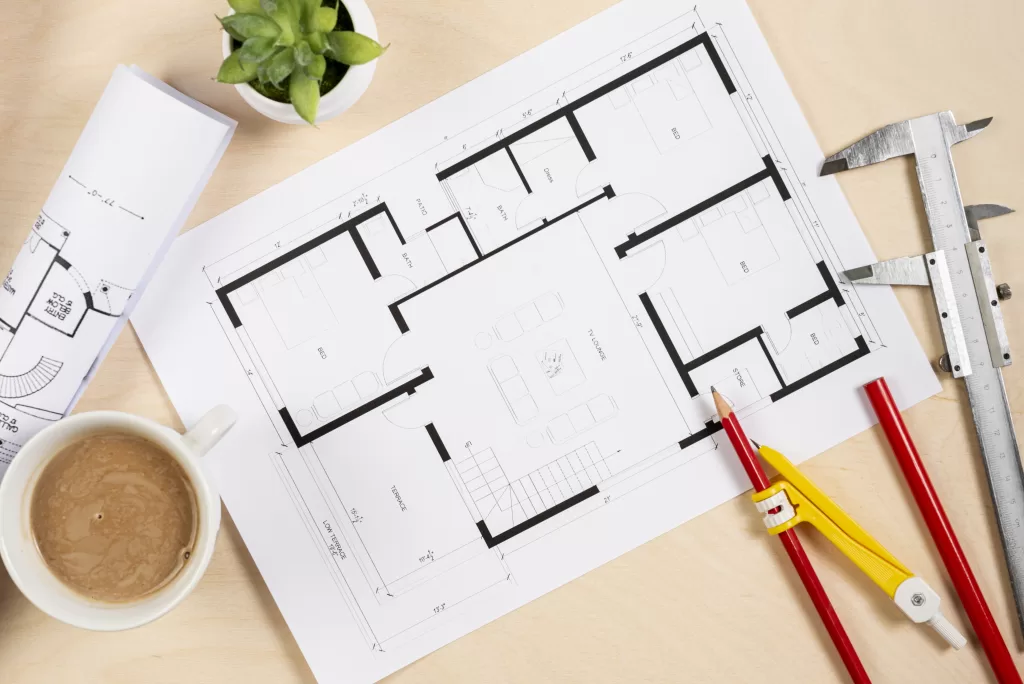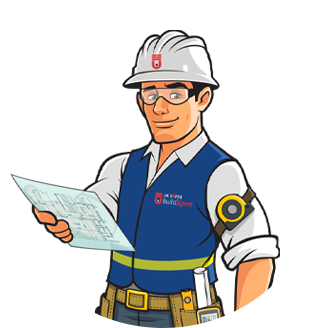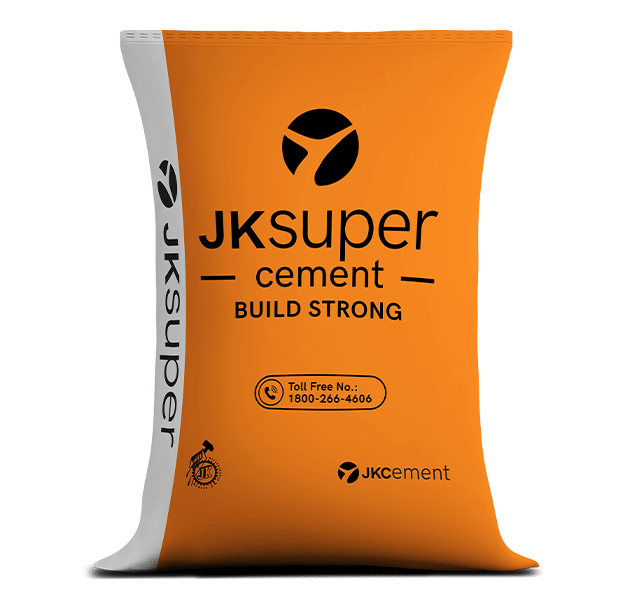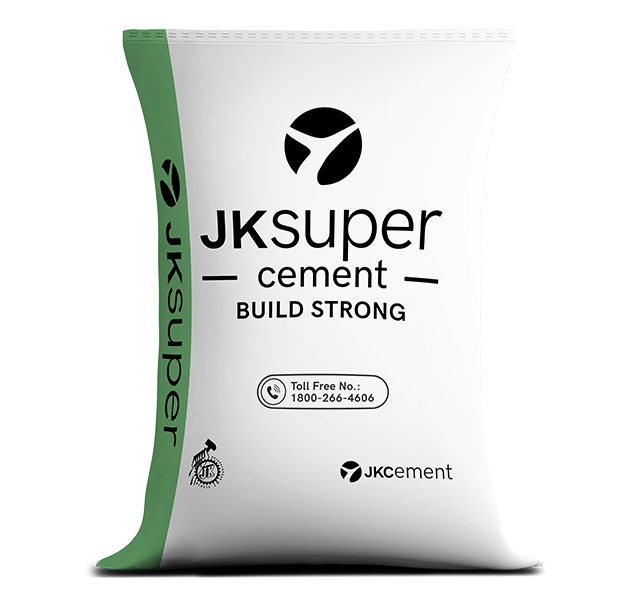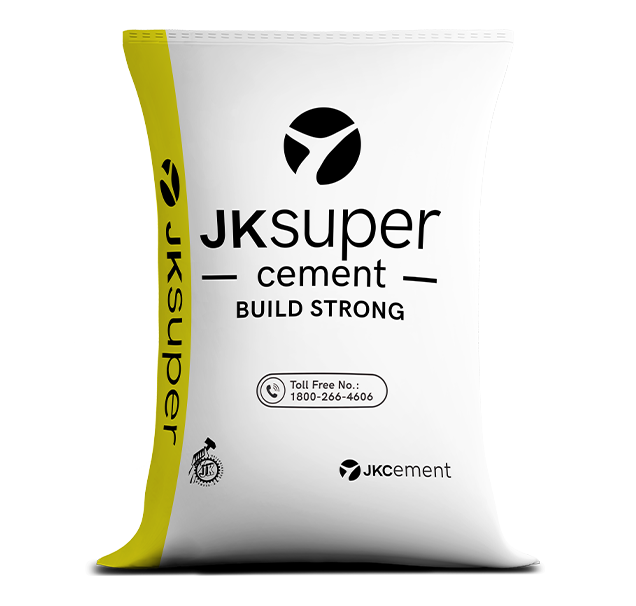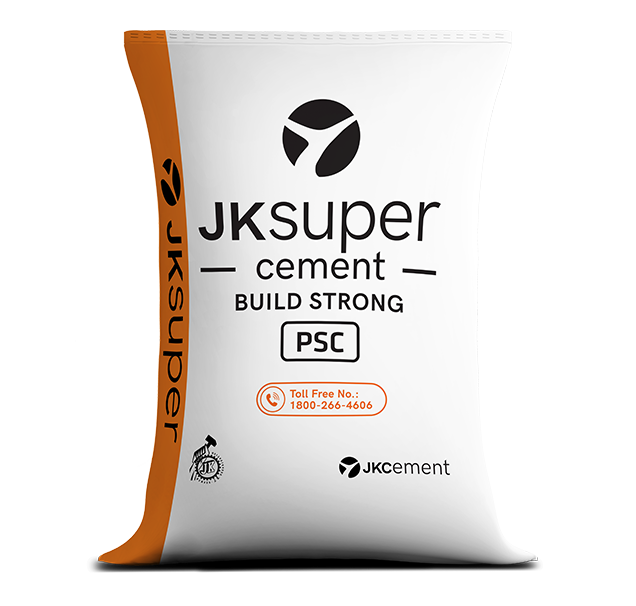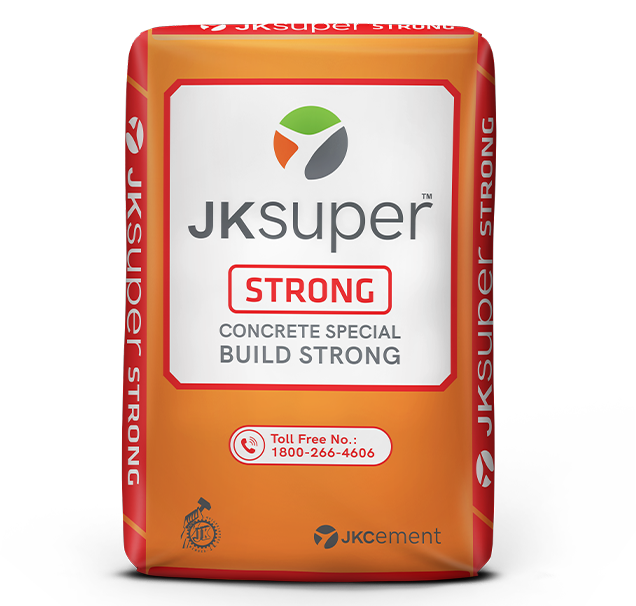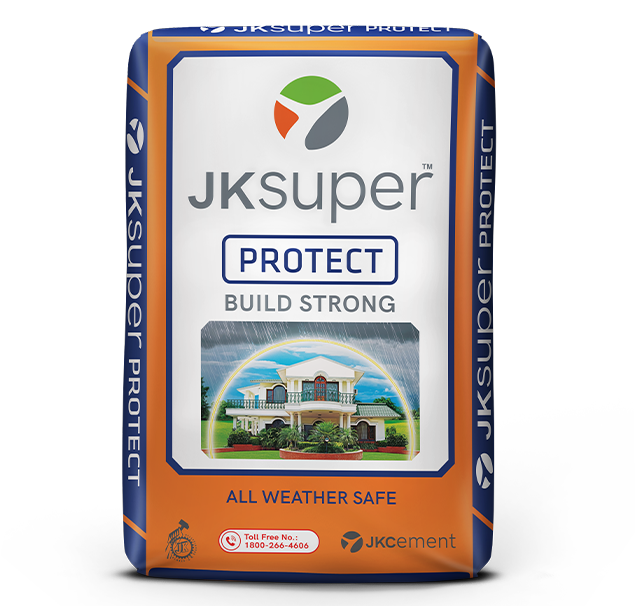When it comes to building strong and durable structures, proper concrete compaction is essential. Compaction is the process of removing air pockets from concrete, which improves its strength and durability. There are various concrete compaction methods available, each with its own utility. Depending on the project requirements, the concrete mix design, and the site conditions, one method may be more suitable than the others. So, read on to learn more about concrete compaction methods.
What is Concrete Compaction?
Compaction in concrete is the process of removing trapped air from freshly poured concrete while consolidating aggregate particles to enhance density. This method significantly boosts concrete’s ultimate strength and enhances its bond with reinforcement materials and overall durability. Compaction also diminishes permeability and helps mitigate shrinkage and creeping issues in the concrete.
The Compaction Process
The process of compaction in concrete involves two essential stages. Initially, when concrete is placed in the formwork. Here, the concrete typically contains between 5% and 20% entrapped air during the mixing process. Additionally, aggregate particles coated with mortar tend to interlock and resist consolidation due to internal friction. The first stage of compaction initiates motion among the aggregate particles, consolidating the concrete to fill the form and create a level top surface. This process induces ‘liquefaction.’ In the second stage, entrapped air is expelled using vibrators or other compaction methods and tools.
Build solid concrete structures with expert guidance from one of the leading construction companies. Choose JK Cement BuildXpert today!
How to Compact Concrete
Compaction of concrete is accomplished through various methods, each aimed at achieving optimal density and strength. Here are the general steps involved:
1. Preparation
Before compaction begins, the formwork is set up and properly secured. Any debris or foreign material on the formwork surface is removed to ensure a clean and smooth finish.
2. Placement
Freshly mixed concrete is poured into the formwork. It is crucial to pour the concrete evenly and without interruption to prevent weak spots or voids.
3. Initial Compaction
Manual or mechanical methods are used to initiate compaction. These methods may include rodding, tamping and concrete vibrators to agitate the concrete and expel entrapped air.
4. Final Compaction
After initial compaction, further vibration or tamping is done to address any remaining voids and achieve uniform density throughout the concrete.
5. Finishing
Once compaction is complete, the surface of the concrete may be finished using tools such as floats or trowels to achieve the desired texture and smoothness.
6. Curing
After compaction and finishing, concrete requires proper curing for optimal strength. Curing methods include covering it with plastic sheets, wet burlap, or using curing compounds.
Types of Concrete Compaction Methods
Concrete compaction methods can be broadly categorised into two main types: manual compaction and mechanical compaction.
Manual Compaction
Manual compaction involves hand tools to compact the concrete and remove entrapped air. Here are the main types of manual compaction methods:
Rodding
Rodding involves the use of a straight metal rod, typically made of steel, to manually compact concrete. The rod is inserted vertically into the concrete and then lifted and dropped repeatedly to eliminate air voids and ensure proper compaction.
Tamping
In this method, a flat-bottomed tool, such as a wooden or metal tamper, is used to compact concrete by applying downward pressure. The tamper is repeatedly pressed onto the surface of the concrete to remove air voids and achieve adequate compaction.
Mechanical Compaction
Mechanical compaction utilises machinery to vibrate or tamp the concrete. It significantly increases the efficiency of the compaction process. Here are the main types of mechanical compaction methods:
Vibrating Compaction
Concrete vibrators are used to compact concrete. There are two main types: immersion and surface vibrators. Immersion vibrators are inserted into the concrete to consolidate it and remove entrapped air. Surface vibrators are placed on the concrete surface. They vibrate the entire formwork to achieve uniform compaction across larger areas like slabs, pavements, and bridge decks.
Roller Compaction
Roller compaction utilises heavy rollers, often with smooth or padfoot drum surfaces, to compact large areas of concrete. The roller is driven over the concrete surface, exerting pressure and compacting the concrete as it moves.
Pneumatic Compaction
Pneumatic compaction employs pneumatic or air-powered tools to compact concrete. These tools, such as pneumatic tampers or vibratory rammers use compressed air to generate force and compact the concrete.
Wrapping It Up
Achieving strong and durable concrete structures requires proper compaction techniques. By choosing the right method and following best practices, you can ensure that your concrete is free of air pockets and has maximum strength and durability.
Get high-quality cement for construction from JK Cement. Explore our range of strong cement products today!
FAQs
How does concrete compaction help?
The compaction of concrete is done to improve its density, strength, durability and resistance to permeability, shrinkage and creep.
What is the purpose of compacting concrete?
The purpose of compacting concrete is to expel entrapped air, reduce voids and ensure proper consolidation of aggregate particles. This enhances the concrete’s overall quality and performance.
What is ramming in concrete compaction?
Ramming involves using a rammer or pneumatic tamper to apply repeated blows to the surface of freshly poured concrete, compacting it and expelling entrapped air.
What is vibration in the compaction of concrete?
Vibration is a special technique of compaction commonly used in concrete construction. It involves using concrete vibrators or roller compactors to consolidate concrete and improve its density.
What is the principle of compaction?
The principle of compaction involves inducing motion among aggregate particles and expelling entrapped air to achieve proper consolidation to improve its strength and durability.



